Kawasaki, the Japanese tech and engineering powerhouse known for its high-performance motorcycles, has unveiled a revolutionary innovation in the realm of personal mobility. Breaking away from its traditional product lineup, the company introduced CORLEO, a futuristic, four-legged concept vehicle that resembles a robotic horse.
Designed to tackle extreme terrain where conventional vehicles struggle, CORLEO combines Kawasaki’s advanced robotics with their deep expertise in motion engineering. This quadrupedal robot is being pitched as a cutting-edge solution to the challenges of mobility in extreme terrain, potentially serving roles in disaster relief, exploration, or even entertainment.
CORLEO will be showcased to the public at the highly anticipated Osaka Expo 2025, offering a glimpse into Kawasaki’s vision for the future of intelligent transport.
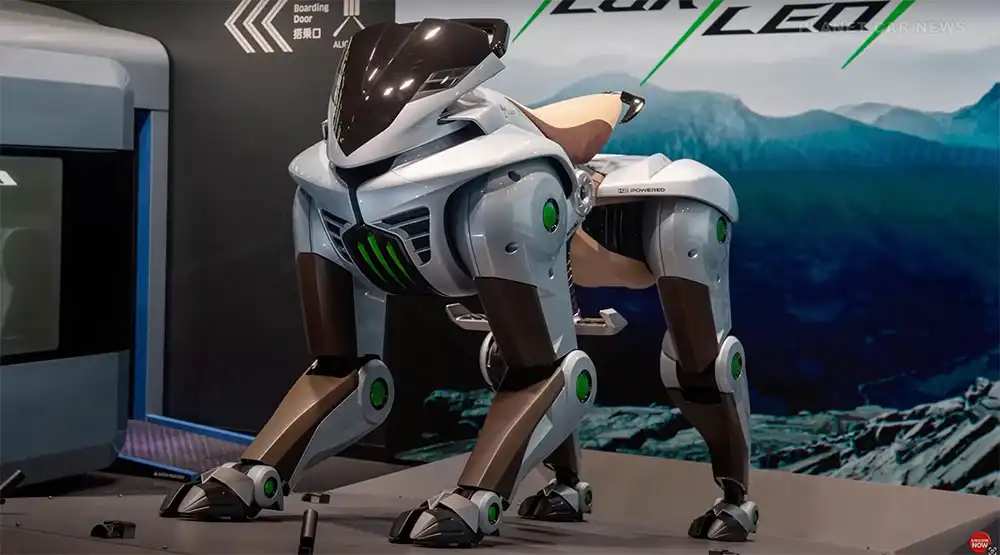
The Design Behind CORLEO: A Mechanical Creature Inspired by Nature
Standing firmly on four articulated legs, CORLEO features hoof-like tips made of non-slip rubber, ensuring maximum grip on surfaces ranging from rocks and gravel to sand and grass. But it’s not just about walking, the real magic lies in its movement.
The rear legs are equipped with an independent suspension system that allows vertical movement, absorbing shocks and maintaining stability on uneven terrain. This setup is an evolution of the traditional swingarm suspension found in motorcycles, now translated into a four-legged, robotic form.

Riding CORLEO is designed to be intuitive and immersive. Like horseback riding, the rider steers by shifting weight on the footrests, supported by a sensor-assisted handlebar. Kawasaki’s vision was to create a riding experience where the rider’s body becomes an extension of the vehicle itself. Even for those with no off-road experience, CORLEO is built to traverse mountains, cross rivers, and handle routes impossible for traditional motorcycles.

AI-Powered Adaptability for Off-Road Adventures
Behind its powerful performance is a seamless blend of robotic leg technology and artificial intelligence. This allows CORLEO to adapt dynamically to rough terrain and synchronize its movements with the rider for a smooth, responsive ride. Additional innovations include a night-driving projection system guiding the rider along optimal paths in low visibility conditions.
One of the most groundbreaking aspects of CORLEO is its use of hydrogen as a power source. Instead of relying on gasoline or conventional electricity, it uses a compact 150cc engine housed in its front leg, which converts hydrogen from a rear-mounted cartridge into clean electricity. This energy is efficiently distributed to each leg, offering an eco-friendly alternative to battery-powered vehicles with greater endurance and sustainability.
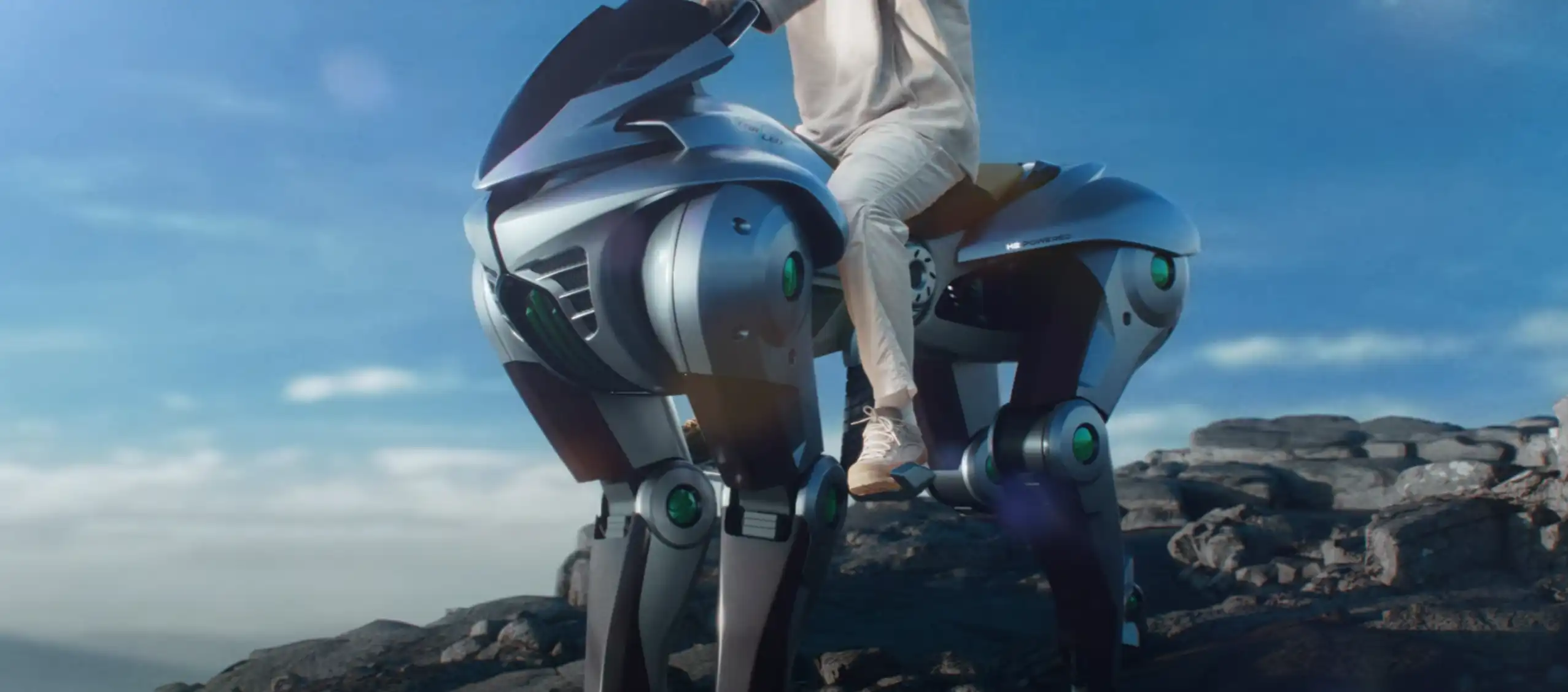
A dashboard displays essential metrics like hydrogen levels, route navigation, and center of gravity positioning, keeping the rider informed and in control. With its hydrogen-powered engine, robust mechanics, and AI-driven intelligence, CORLEO positions itself as a visionary leap toward cleaner, smarter, and more adventurous personal transportation.

Combining Kawasaki’s legendary engineering with advanced robotics and sustainability, CORLEO stands as a symbol of the mobility revolution, capable, intuitive, and ready for the terrain of tomorrow.
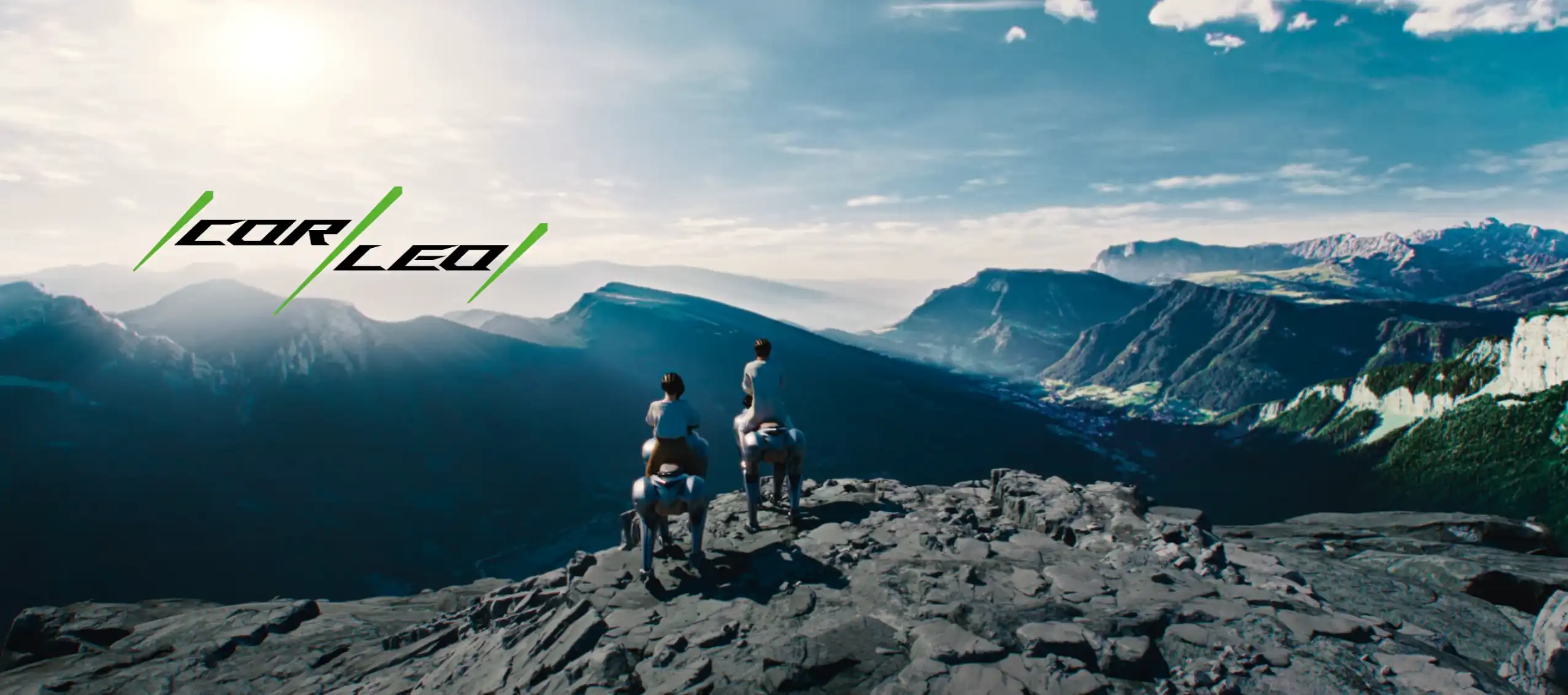



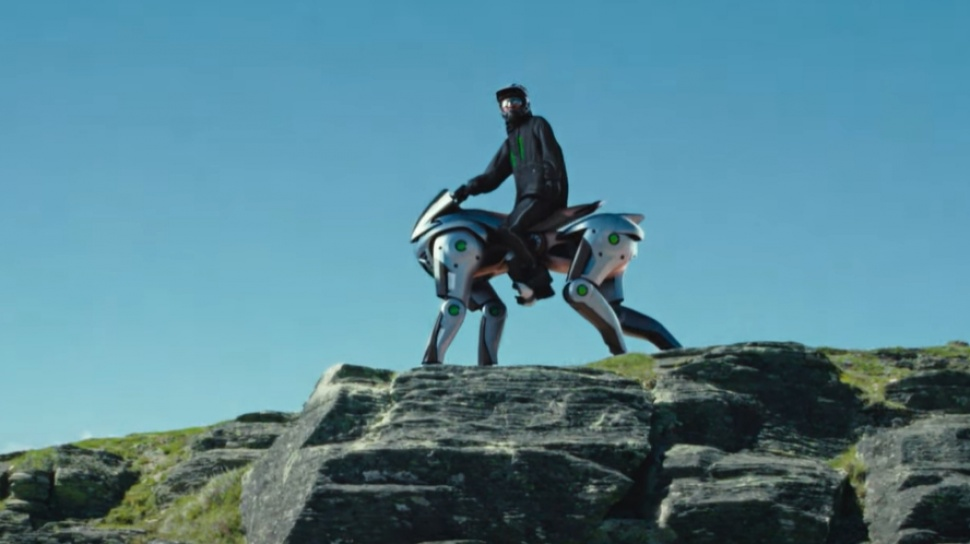












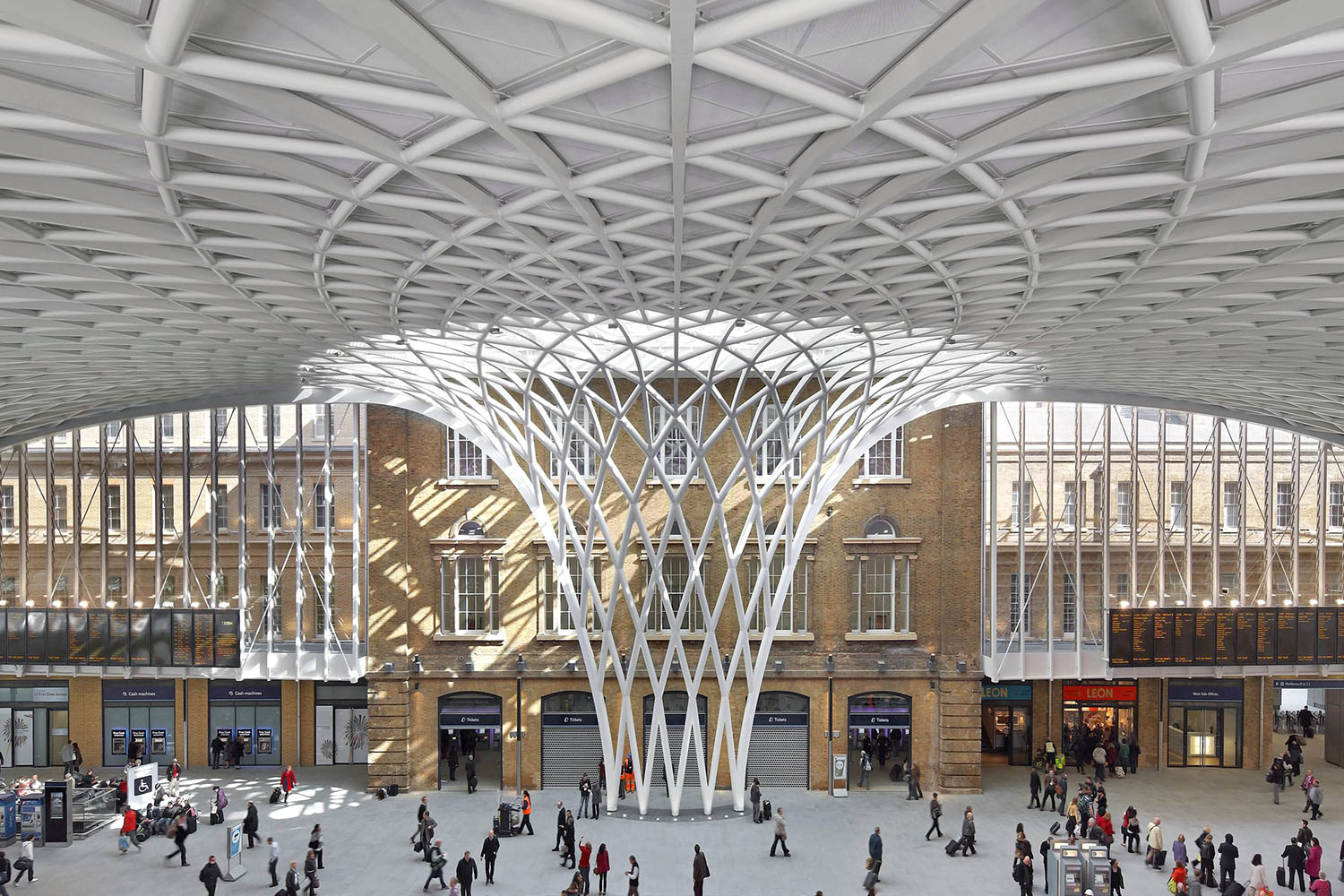

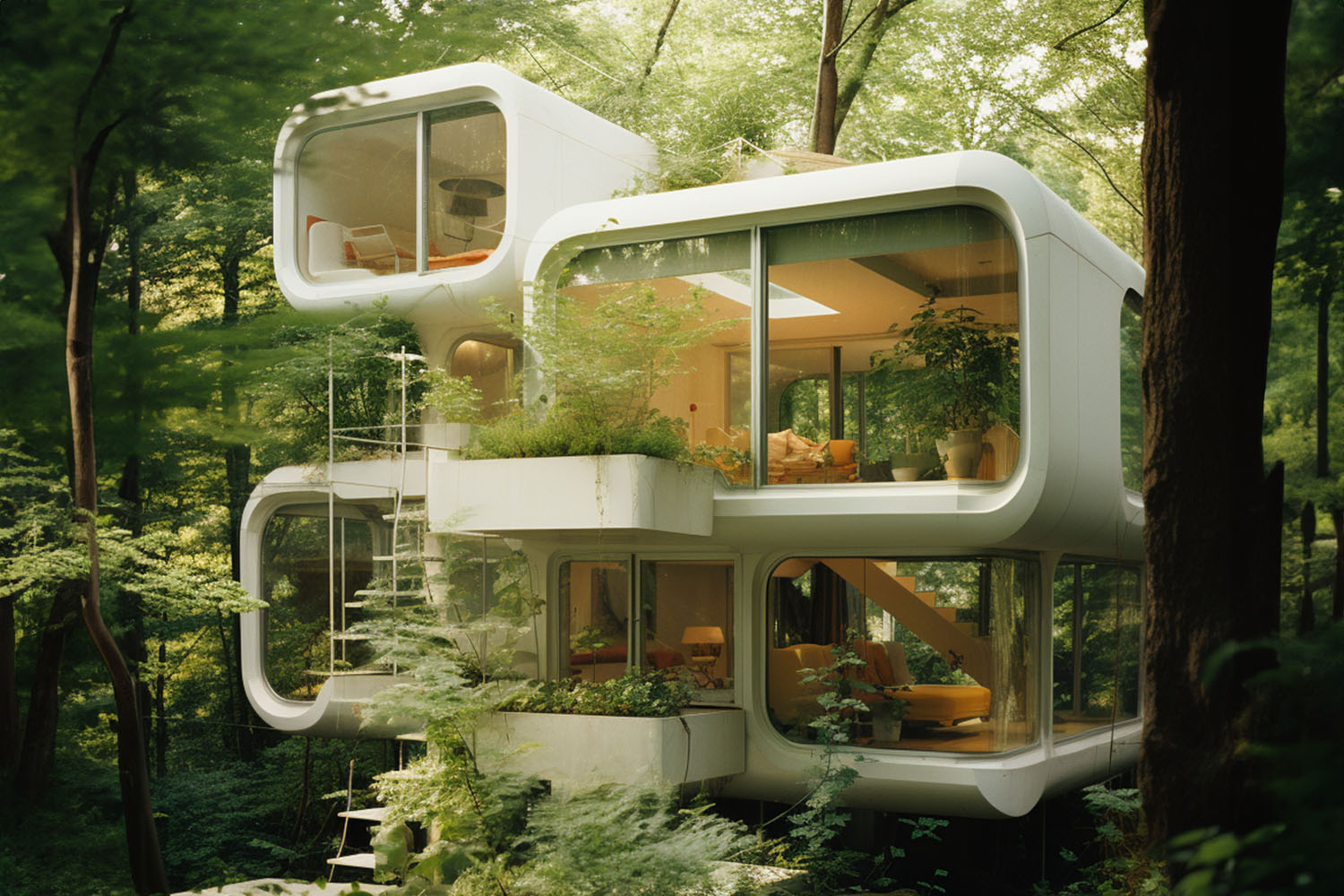
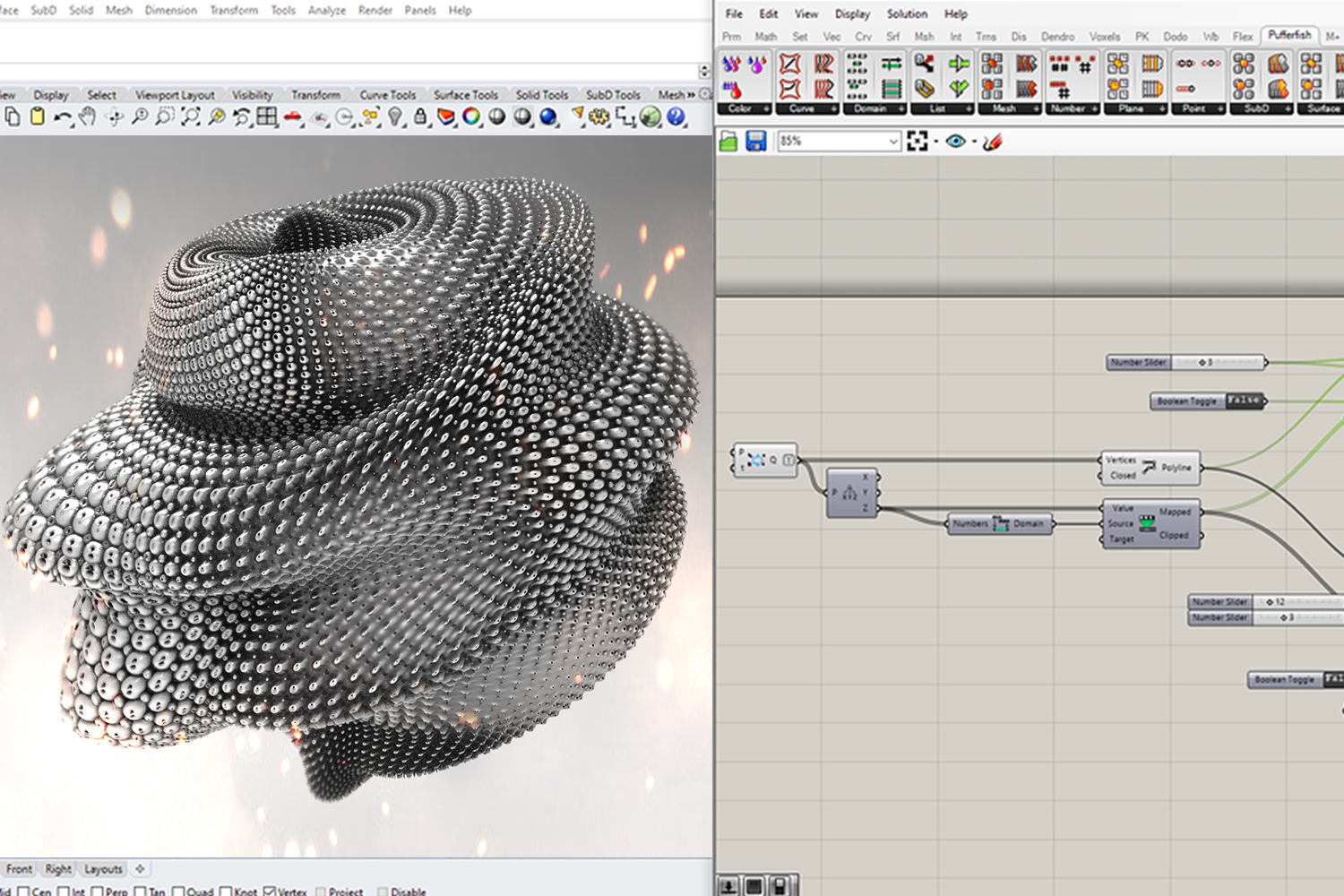








Leave a comment